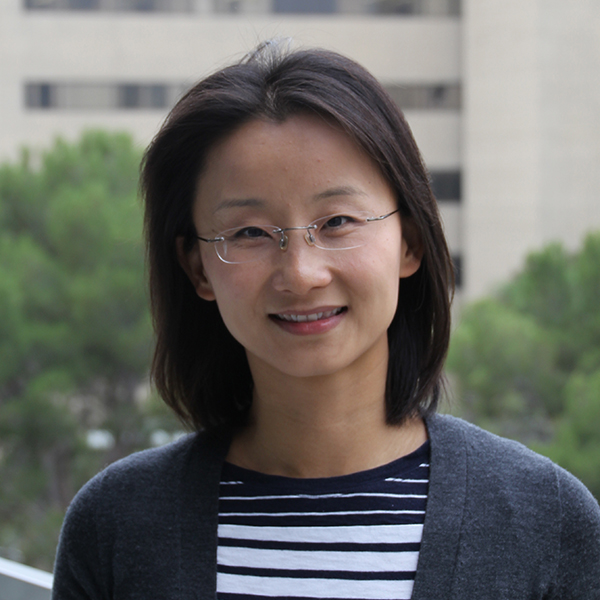
In a recent issue of Nature, Fan Zhou, Bing Liu and colleagues present their work on tracing the developmental origin of blood stem cells, also known as hematopoietic stem cells (HSCs), in mice.
Interestingly, grafts of single HSC precursor cells from 11-day-old mouse embryos showed quite different capacities to repopulate the blood. Analysis of gene activity enabled identification of distinct subpopulations. HSC precursors from “G1,” the first phase of the cycle undergone by all dividing cells, were found to lose their repopulation capacities.
These new insights, gained from analyzing single HSC grafts, can be used to improve bone marrow transplantation for patients.
